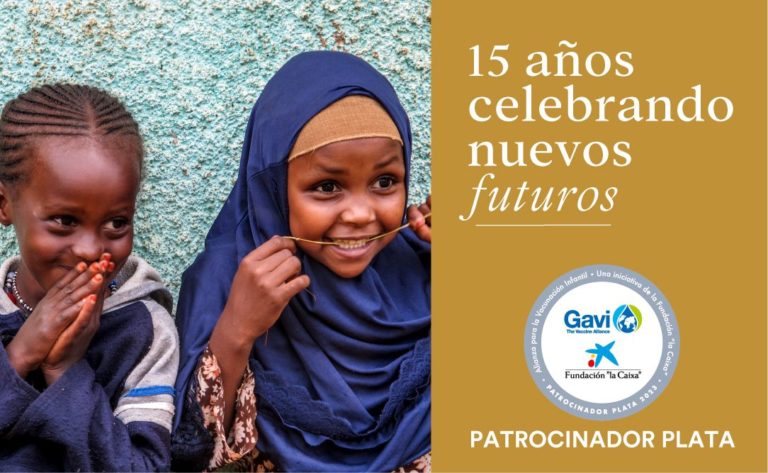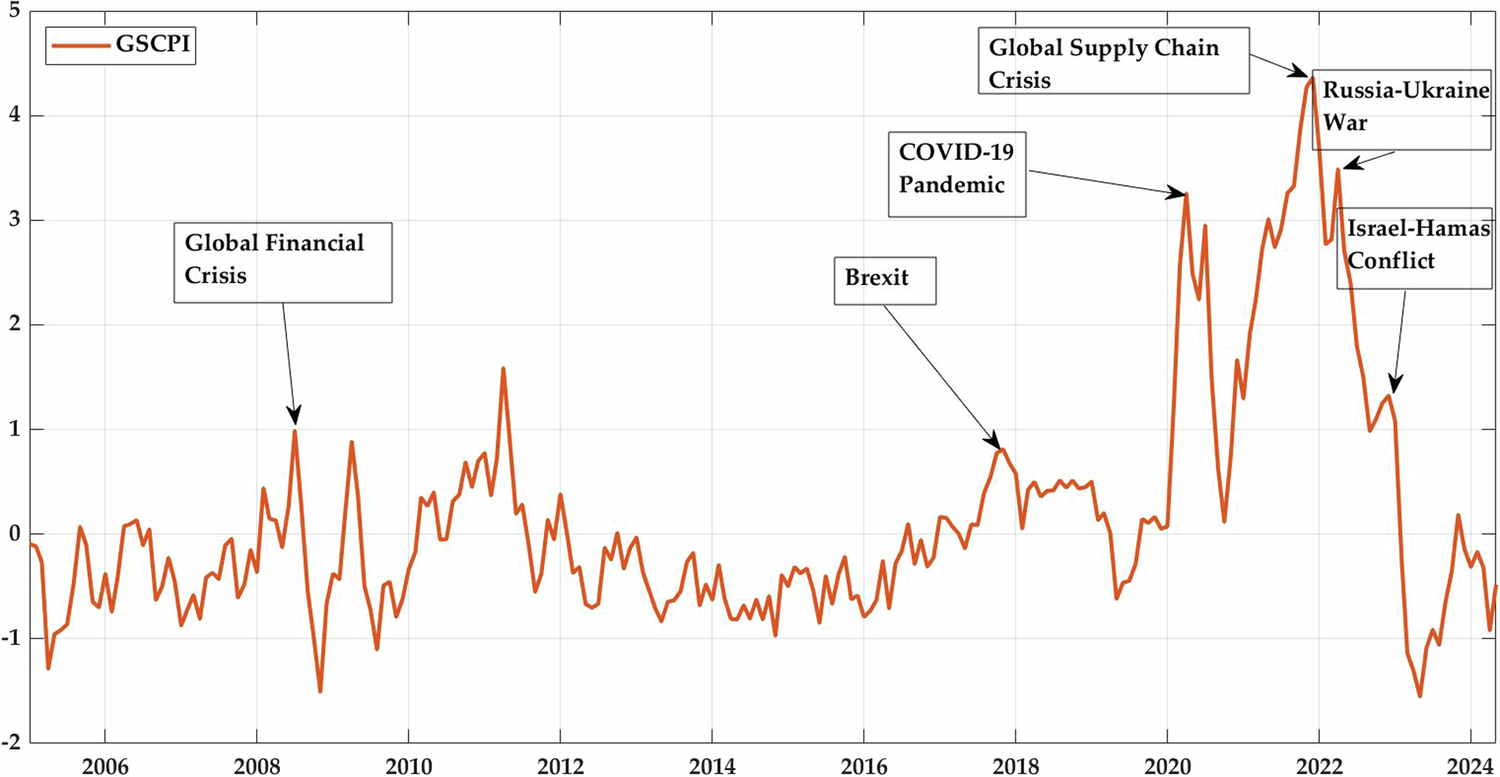
Moderna Stock Drops Amid US Decision to Cut $2.6 Billion Vaccine Funding to Gavi
As Moderna Shares Slide, U.S. Retreats from Global Vaccine Alliance: A Crossroads for Biotech and Global Health
Today Moderna's stock plummeted 4.58% to $32.30. The Trump administration’s decision to sever $2.6 billion in vaccine funding through Gavi signals a strategic realignment that is rattling global health experts, investors, and geopolitical analysts alike. Beneath the surface lies a deeper convergence of market volatility, public health uncertainty, and foreign policy withdrawal that could reshape both Wall Street and the Global South.

A Double Jolt: Biotech Market Hit Meets Foreign Aid Retrenchment
The biotech sector faced a harsh market reality this week as shares of Moderna—once the poster child of pandemic-era innovation—fell sharply to $32.30, a 4.58% loss in a single session. But what might be dismissed as a routine correction quickly gained gravity in the eyes of institutional investors, coinciding with a far-reaching policy announcement from the Trump administration: the planned termination of U.S. financial support to Gavi, the Vaccine Alliance.
Did you know that Gavi, the Vaccine Alliance, has been instrumental in saving millions of lives worldwide? Established in 2000, this global health partnership has helped vaccinate over 1.1 billion children and prevented more than 18.8 million future deaths. By bringing together governments, health organizations, and private sector partners, Gavi has increased vaccine access in the world's poorest countries, raising immunization rates significantly. Its innovative approaches have not only improved public health but also generated substantial economic benefits, estimated at over $250 billion. Despite these achievements, Gavi continues to work towards ensuring that all children have access to life-saving vaccines, addressing the ongoing challenge of vaccine-preventable illnesses that claim the lives of approximately 1.5 million children annually.
The grant, valued at $2.6 billion through 2030, had made the United States Gavi’s largest single contributor, responsible for 13% of its funding. Since its founding 25 years ago, Gavi has facilitated vaccinations that have saved an estimated 19 million children’s lives across developing nations. Now, that pipeline is in jeopardy.

The juxtaposition of these two events—biotech uncertainty and U.S. withdrawal from global health leadership—offers a potent narrative that traders, policy analysts, and public health officials are watching with increasing concern.
Inside the Moderna Slide: Is the Market Overreacting or Seeing Clearly?
Moderna’s drop, while stark, is not entirely unexpected in light of post-pandemic recalibrations. Analysts cite downward revenue guidance and the fading tailwind of COVID-19 vaccine sales as catalysts. "This is a market still coming to terms with the new equilibrium of biotech valuations," one fund manager noted. "Moderna isn't collapsing—it’s just exiting a hype cycle."
Indeed, several voices argue the selloff may be premature. Moderna’s pipeline includes next-generation mRNA candidates in oncology, RSV, and influenza—each of which could unlock new revenue streams. The company also sits on substantial cash reserves, insulating it from liquidity concerns.
Did you know that mRNA vaccines represent a groundbreaking approach to immunization? Unlike traditional vaccines, they don't contain any part of the actual pathogen. Instead, these vaccines use synthetic messenger RNA (mRNA) to instruct our cells to produce a specific protein found on the surface of a virus or bacteria. Once injected, this mRNA enters our cells, where cellular machinery reads the instructions and produces the target protein. This protein then triggers an immune response, teaching our body to recognize and fight the real pathogen if encountered in the future. The mRNA itself degrades within days, leaving no permanent trace. This innovative technology allows for rapid vaccine development and modification, opening new possibilities in the fight against various diseases, including certain types of cancer.
Some analysts view the correction as a re-pricing event rather than a referendum on Moderna’s viability. "The market is still learning how to value post-COVID biotech. Moderna might be undervalued right now, but that doesn't last forever," a hedge fund biotech analyst told us.
Still, others remain cautious. The recent downgrade by major investment firms underscores concerns about near-term execution risk. Without a pandemic-level event to drive revenue, Moderna now faces the challenge of transitioning from a single-product powerhouse to a diversified pharmaceutical entity—a path littered with strategic and regulatory hurdles.
The Gavi Withdrawal: A Cost-Cutting Move with Global Consequences
The Trump administration’s decision to end Gavi funding was buried in a 281-page USAID document quietly submitted to Congress. While some grants for HIV, tuberculosis, and food aid will continue, the Gavi termination is emblematic of a broader ideological shift—away from multilateral aid and toward "America First" fiscal retrenchment.
Summary of Major Donors to Gavi, the Vaccine Alliance
| Donor | Total Contributions (US$) | Key Notes |
|---|---|---|
| United Kingdom | 2,080 million | Largest overall donor to Gavi. |
| Bill & Melinda Gates Foundation | 1,552 million | Largest private donor to Gavi. |
| United States | 1,380 million | Third-largest donor; contributes 12% of overall funding and 15% of government funding. |
| Norway | 830 million | Significant government donor. |
| Germany | 773 million | Major European contributor. |
| France | 549 million | Consistent supporter of Gavi's programs. |
Supporters of the move frame it as a necessary realignment. “The idea is to reduce international liabilities and prioritize domestic expenditures,” a source close to the administration stated. They emphasize that foreign aid comprises less than 1% of the federal budget and that trimming this “inefficiency” is both symbolic and strategic.
Did you know that foreign aid accounts for only about 1.2% of the U.S. federal budget? In fiscal year 2023, this translated to approximately $71.9 billion out of over $6.1 trillion in total federal outlays. Despite its small share, public perception often overestimates foreign aid spending, with many believing it constitutes a much larger portion of the budget—on average, people estimate it to be around 26%. This significant gap between perception and reality underscores the importance of understanding the actual allocation of federal funds.
Critics, however, are sounding the alarm. Gavi has long been a cornerstone in the global effort to prevent vaccine-preventable diseases. By supplying vaccines to the poorest nations, Gavi helps suppress outbreaks that, if left unchecked, could mutate and reach global scale.
"This isn't just an ethical failure—it’s a strategic one," said one global health researcher. "Vaccination gaps in Africa or Southeast Asia today can become global pandemics tomorrow. And the U.S. just walked away from its firewall."
Beyond Morality: How Market Risk is Tied to Global Immunization
For seasoned investors, these developments are more than policy or morality plays—they’re material risk vectors. The intersection of biotech volatility and geopolitical health risk is forcing portfolio managers to reassess exposure across multiple asset classes.
Biotech Implications
Reduced global vaccination efforts increase the probability of disease outbreaks, which can redirect public funds toward emergency responses, distort healthcare supply chains, and trigger shifts in pharmaceutical priorities. This can lead to short-term opportunities for select biotech firms but also long-term instability that undermines predictable revenue planning.
A senior healthcare portfolio manager put it bluntly: “We’re not just worried about Moderna’s earnings. We’re worried about systemic noise—what happens to global health infrastructure, to vaccine IP protection, to emergency procurement norms, when the U.S. exits the field?”

Emerging Markets & Sovereign Risk
For emerging economies dependent on U.S.-supported programs, the funding cliff could be catastrophic. Local currencies, sovereign debt spreads, and capital inflows are all influenced by global health indicators. A rise in infectious diseases can quickly translate into economic instability—risks that asset managers must now reprice.
Did you know that public health crises can have a profound impact on economic stability in emerging markets? The COVID-19 pandemic, for example, led to a significant contraction in these economies, with a projected 3.2% decline in 2020. Emerging markets faced multiple challenges, including domestic lockdowns, reduced external demand, and volatile financial markets. This resulted in increased poverty and unsustainable debt levels for many households and businesses. The pandemic also triggered the largest global economic crisis in over a century, disproportionately affecting disadvantaged populations and reversing decades of progress in reducing global poverty. Overall, the interplay between public health and economic stability highlights the need for robust healthcare systems and economic resilience in emerging markets.
As one analyst explained, “Global health cuts like these increase tail risk in developing markets. That affects everything from sovereign credit to FX volatility. It’s no longer just a humanitarian issue—it’s macroeconomic.”
A Strategic Pivot or A Leadership Vacuum?
The broader significance of these moves is not lost on foreign policy experts. Since its inception, Gavi has embodied U.S. soft power—using science and philanthropy to build alliances and project stability. By stepping back, the U.S. may cede ground not just to disease, but to rival geopolitical players eager to fill the void.
Did you know that "soft power" is a powerful tool in international relations? It refers to a country's ability to influence others through attraction and persuasion, rather than force or coercion. This influence is derived from cultural appeal, political values, and foreign policies that are seen as legitimate and morally authoritative. Unlike "hard power," which relies on military or economic might, soft power uses cultural icons, educational exchanges, media influence, and diplomatic efforts to shape global perceptions. Examples include the global popularity of American movies, British literature, or Korean pop music, as well as programs like Fulbright scholarships. By leveraging these soft power resources, countries can build positive relationships and achieve their goals without resorting to force or economic pressure.

“The long-term risk is that we lose influence in regions that matter,” said one former diplomat. “China has already ramped up its health diplomacy. This makes their job easier.”
In the absence of U.S. funding, some speculate that private philanthropies or European governments might step in. But few believe they can fully compensate for a $2.6 billion shortfall.
Conclusion: Between Volatility and Vulnerability
At first glance, Moderna’s slide might seem like a biotech-specific story—part of a sector adjusting to new realities. But in the shadow of sweeping U.S. foreign aid cuts, a different narrative emerges: one of interconnection.
The market is recalibrating, but so is the world. Vaccines aren’t just tools of public health—they’re instruments of diplomacy, economic stability, and strategic influence. As the U.S. retreats, markets are left to navigate an increasingly complex matrix of health, policy, and capital allocation.
For investors, the path forward lies not just in evaluating pipelines or tracking earnings calls, but in understanding how political decisions reverberate through supply chains, emerging markets, and global stability. In today’s market, biotech and geopolitics are no longer separate domains—they are different sides of the same risk curve.
Whether this convergence creates opportunity or chaos will depend on how institutions—financial and governmental—choose to respond.